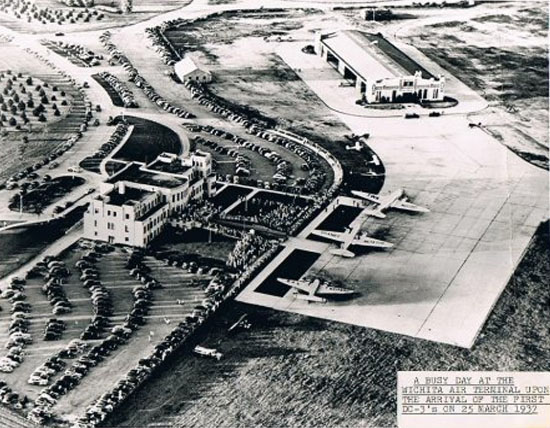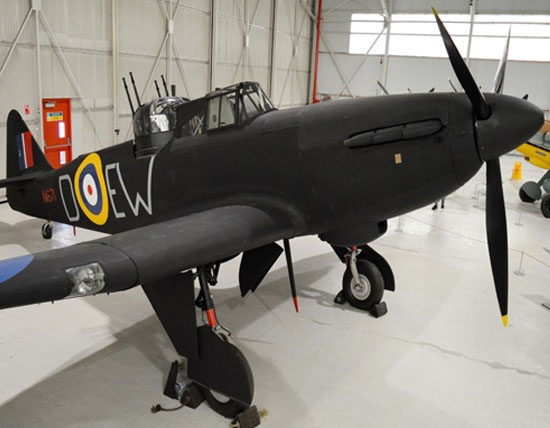As the de Havilland Beaver departs the ground, the smile will be on the face of the pilot. Every time you lift off, it seems like a miracle that such a big, heavy plane can get off the ground so quickly, even with a heavy load.
Arguably the best bush plane ever built, the de Havilland Beaver will celebrate 70 years in the sky in August 2017. Here in Idaho where most of our friends tool around the backcountry on a weekly basis, it’s always the Beaver that draws the most attention. Seeing one fly by, low and slow up the canyon, as you stand on an airstrip beside the Middle Fork of the Salmon River, is sure to make your day. Harrison Ford owns about a dozen airplanes and has often said that if he could keep only one, it would be the Beaver. With a big, nine-cylinder Pratt & Whitney strapped to the front, this 5,100-pound workhorse boasts a useful load of around 2,000 pounds (exact numbers depend on how it’s configured inside, among other things), and it’s built to operate out of short and rough airstrips. Strap on skis or floats and you have the ultimate adventure airplane.
Officially known as the de Havilland Canada DHC-2 MkI Beaver, the aircraft was meticulously designed as a purpose-built bush airplane capable of carrying heavy loads into confined, and sometimes rough, areas. Conceived and built in Downsview, Ontario, Canada, much of the Beaver’s early flight testing was done on floats.
The Beaver made its initial flight in August 1947, and the first production Beaver was delivered soon thereafter, in early 1948. By the time production ended in 1967, approximately 1,650 Mk.I Beavers has been built, in addition to a single Mk.II prototype with a 500-hp Alvis Leonides engine, and 60 Mk.III turbo Beavers.
Mods for the de Havilland Beaver
People adapt Beavers for all sorts of missions, depending on their needs. Larger windows, larger cargo doors, and a variety of seating configurations are just some of the approved mods. You can also get an increase in gross weight to 5,600 pounds for the Mk.I and 6,000 pounds for the Mk.III. Water operators like to move the air induction to the top of the cowl to prevent water ingestion. Stronger wing struts are popular with those who operate in the bush. Minnesota’s Wipaire, a maker of floats, has developed a turbine conversion. Viking Air Ltd. also has a turbine conversion, although the two are very different from one another.
Kenmore Air Harbor , which provides maintenance and a seaplane flight school (its sister company Kenmore Air provides commercial seaplane service in the Puget Sound area), has also converted a number of ex-military Beavers to civilian configurations for general aviation use.
Over the years, pilots’ fascination with the DHC-2 has only grown. Any time a de Havilland Beaver approaches a fly-in, all heads swivel to follow the big beast as it lumbers across the sky, and they flock around it after shutdown. Beaver enthusiasts even have a website dedicated to their favorite aircraft, at www.DHC-2.com. With its amazing durability, the de Havilland Beaver will continue to grace skies worldwide for many decades to come.
Credit to:
Crista Worthy with Steve Burak
http://disciplesofflight.com/



